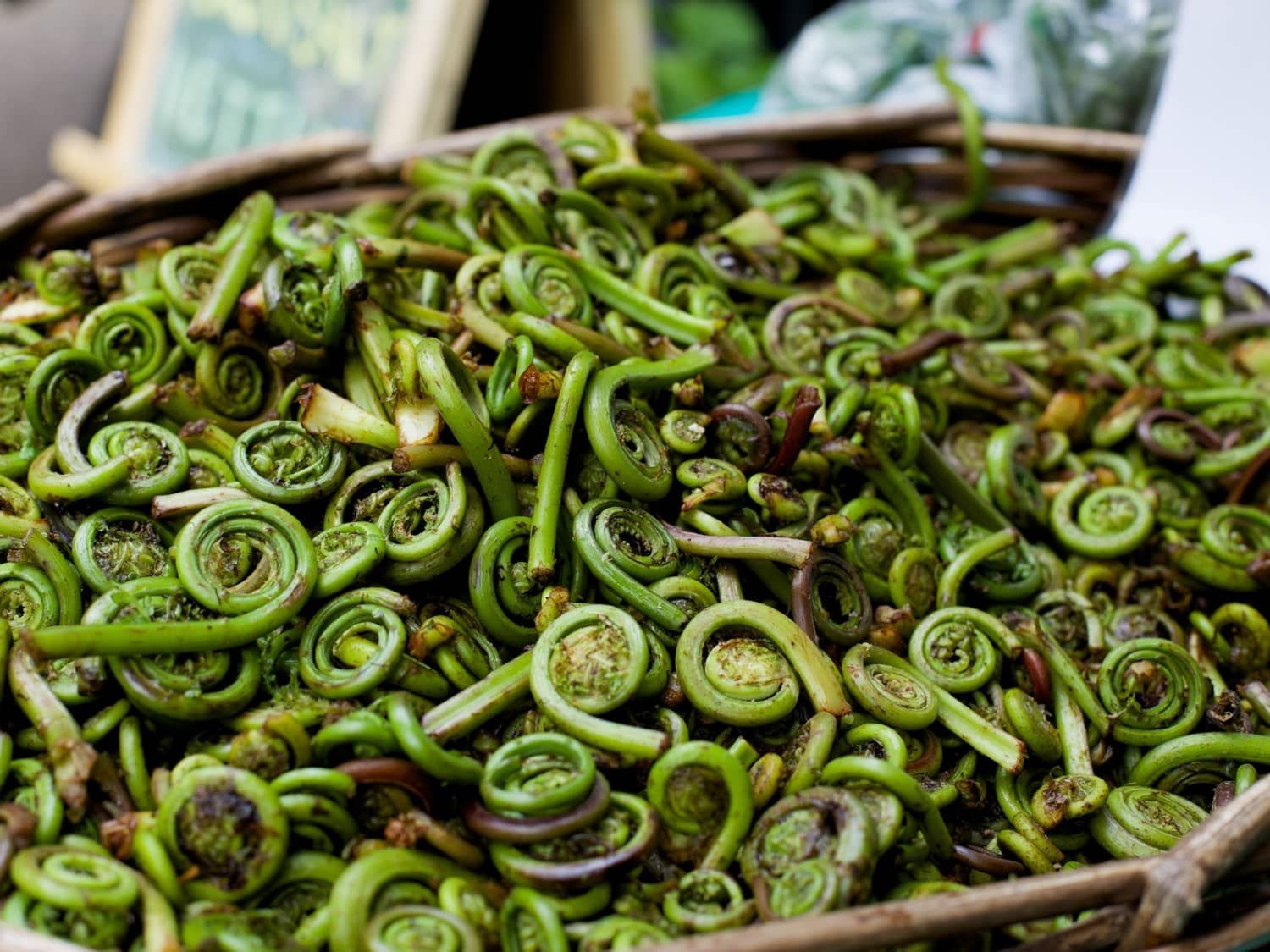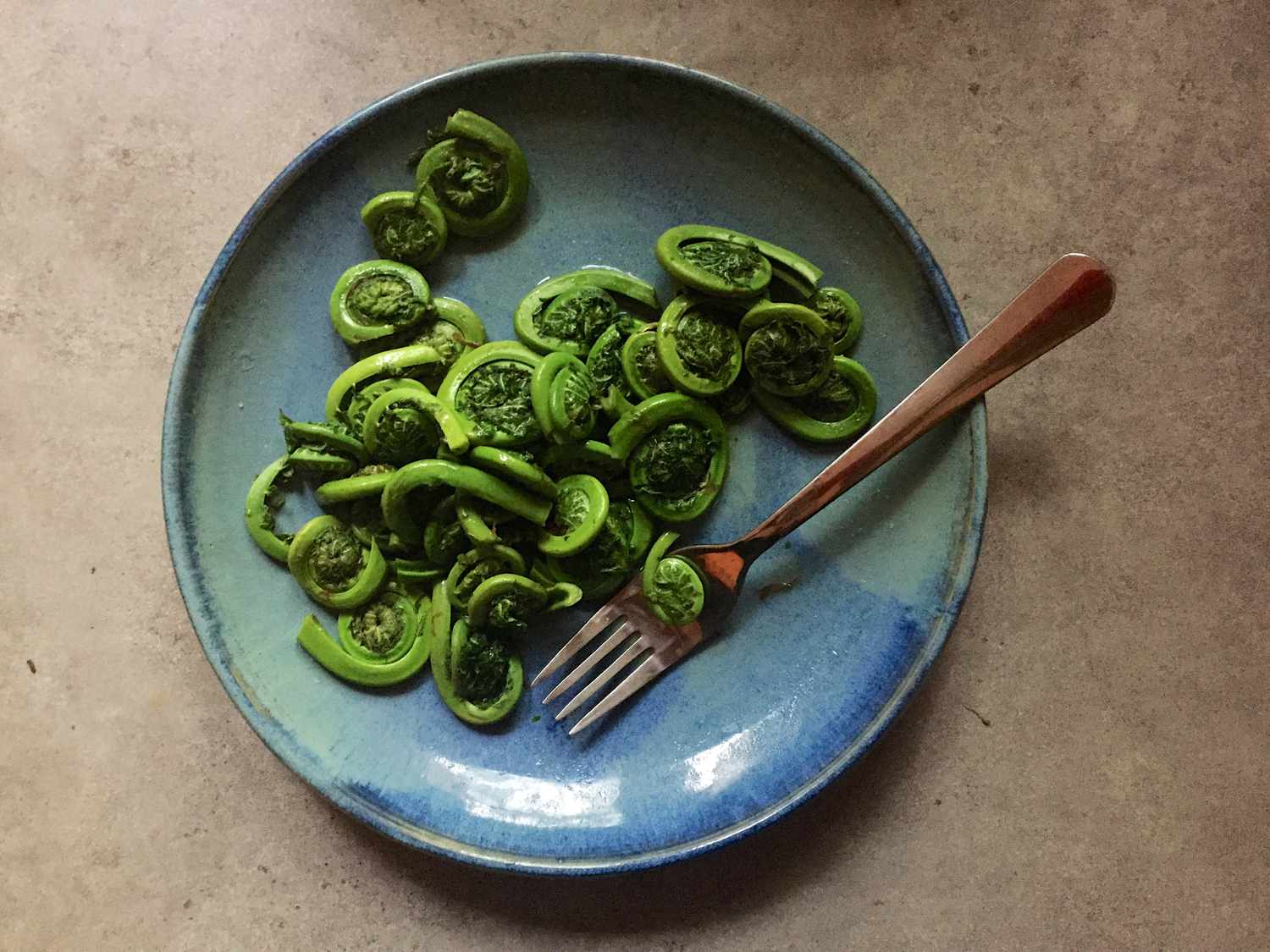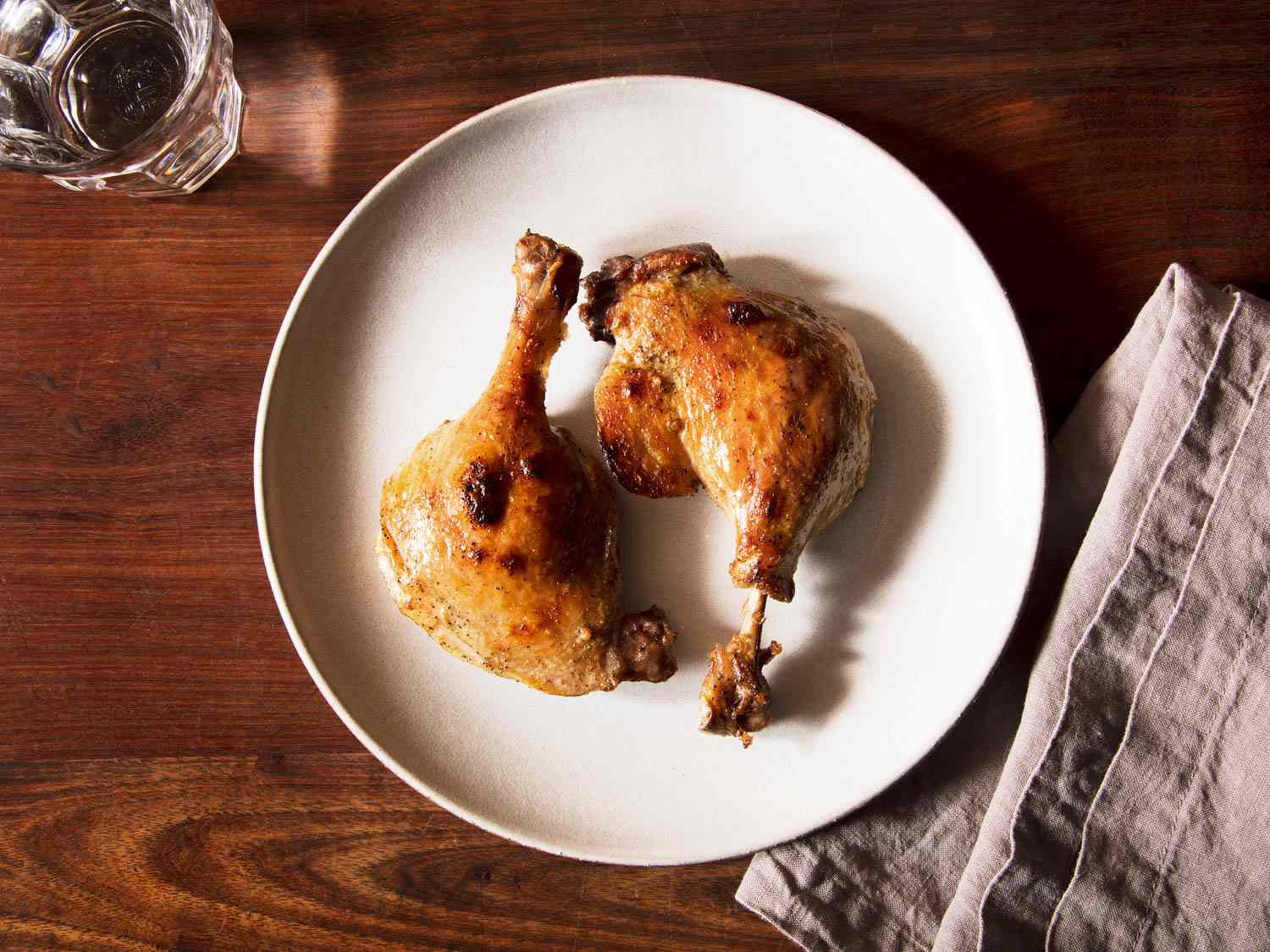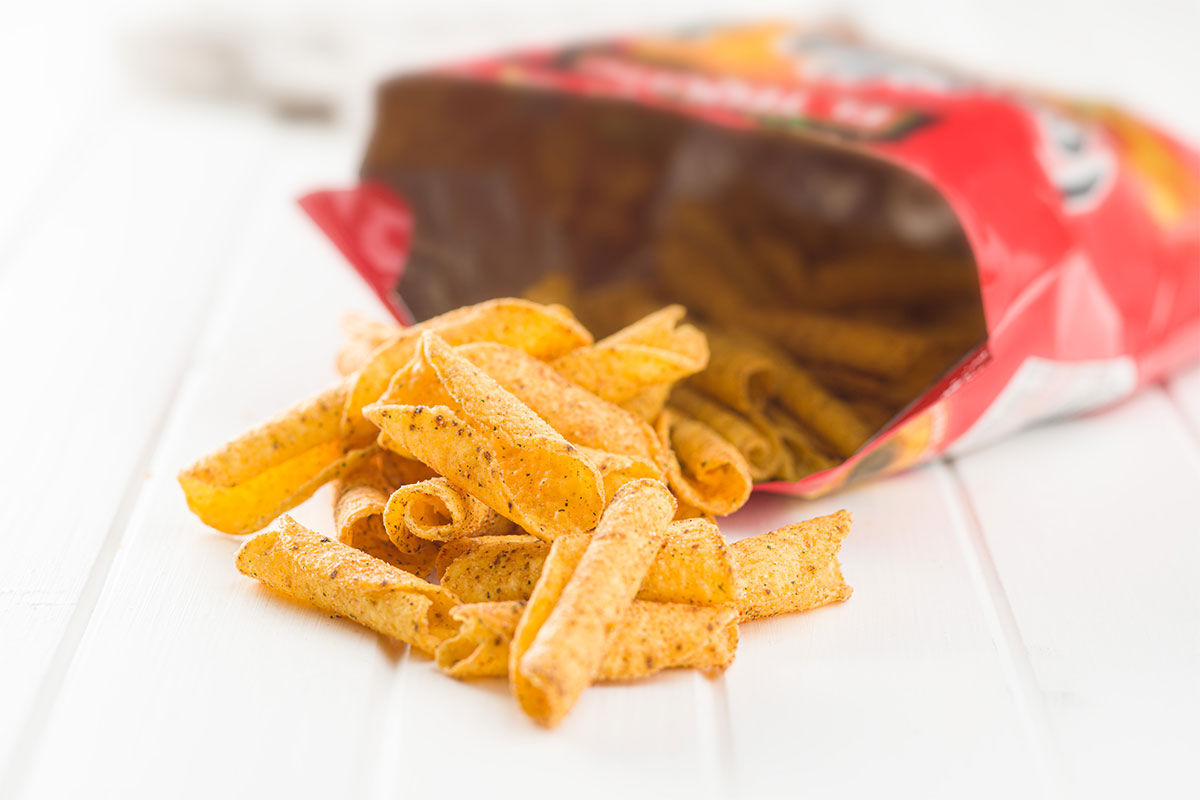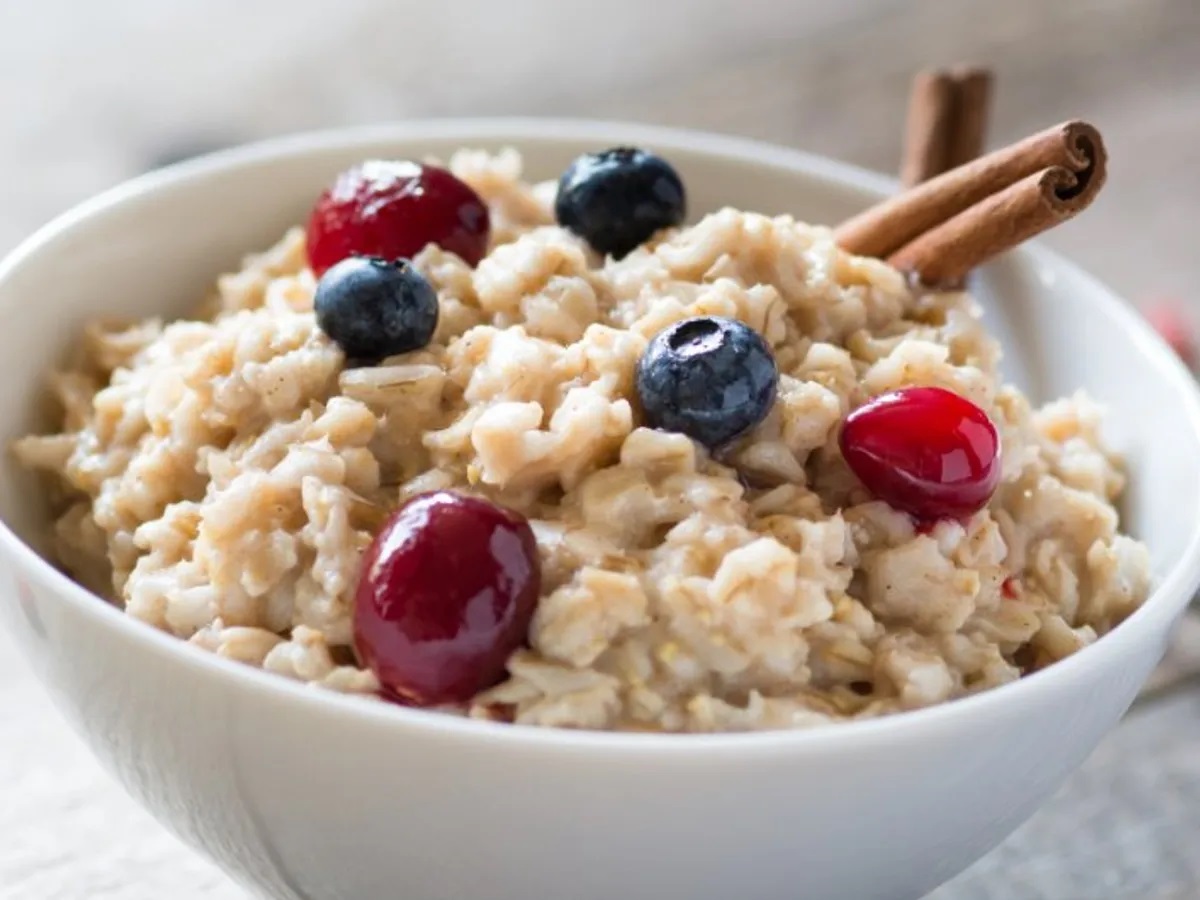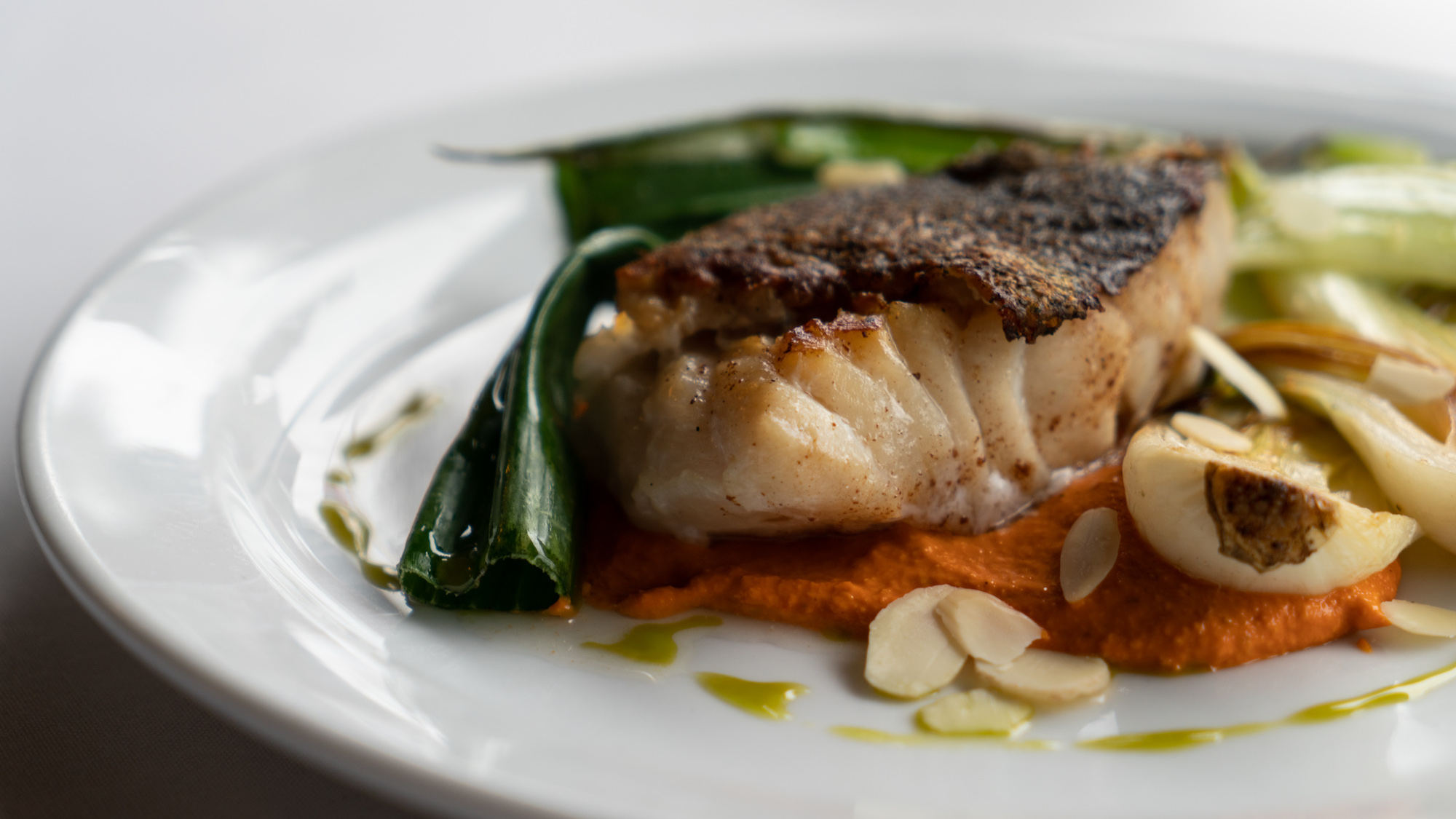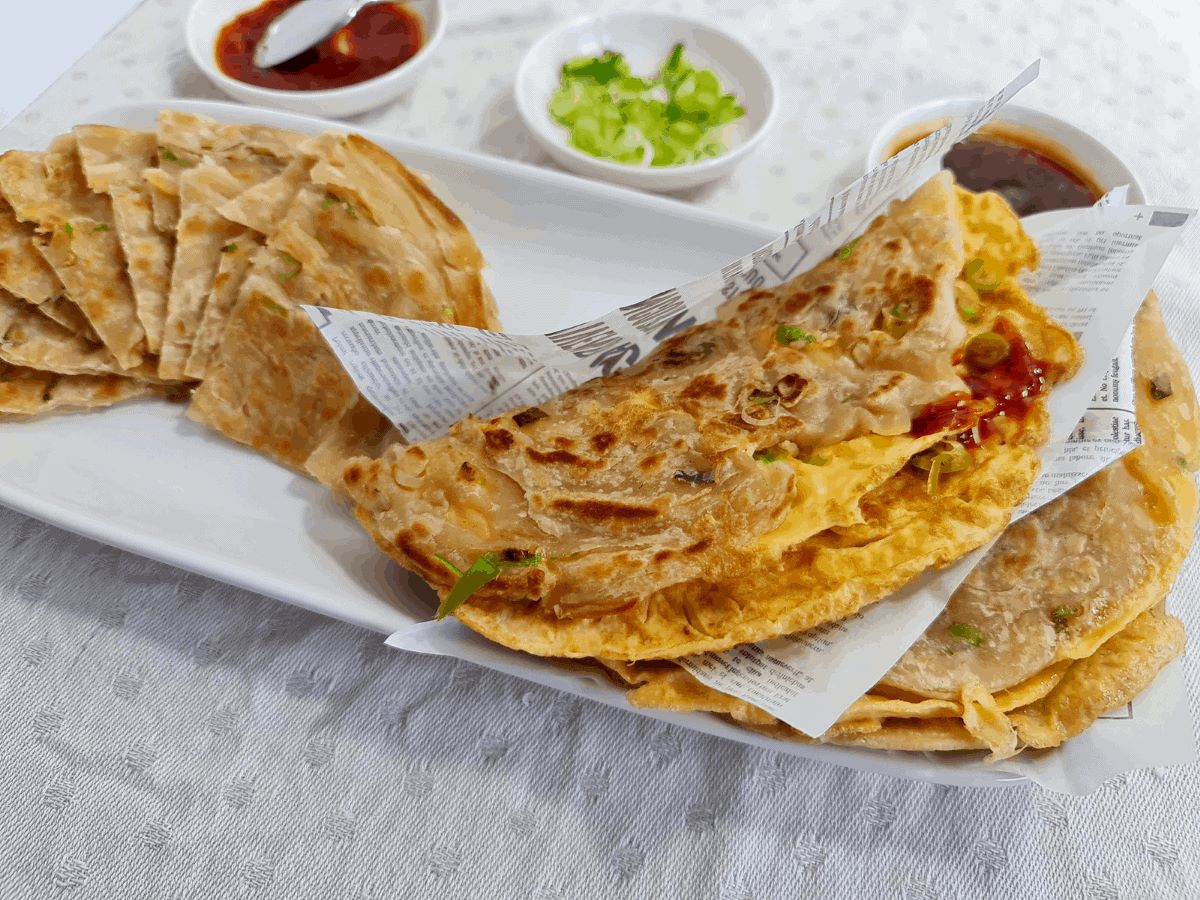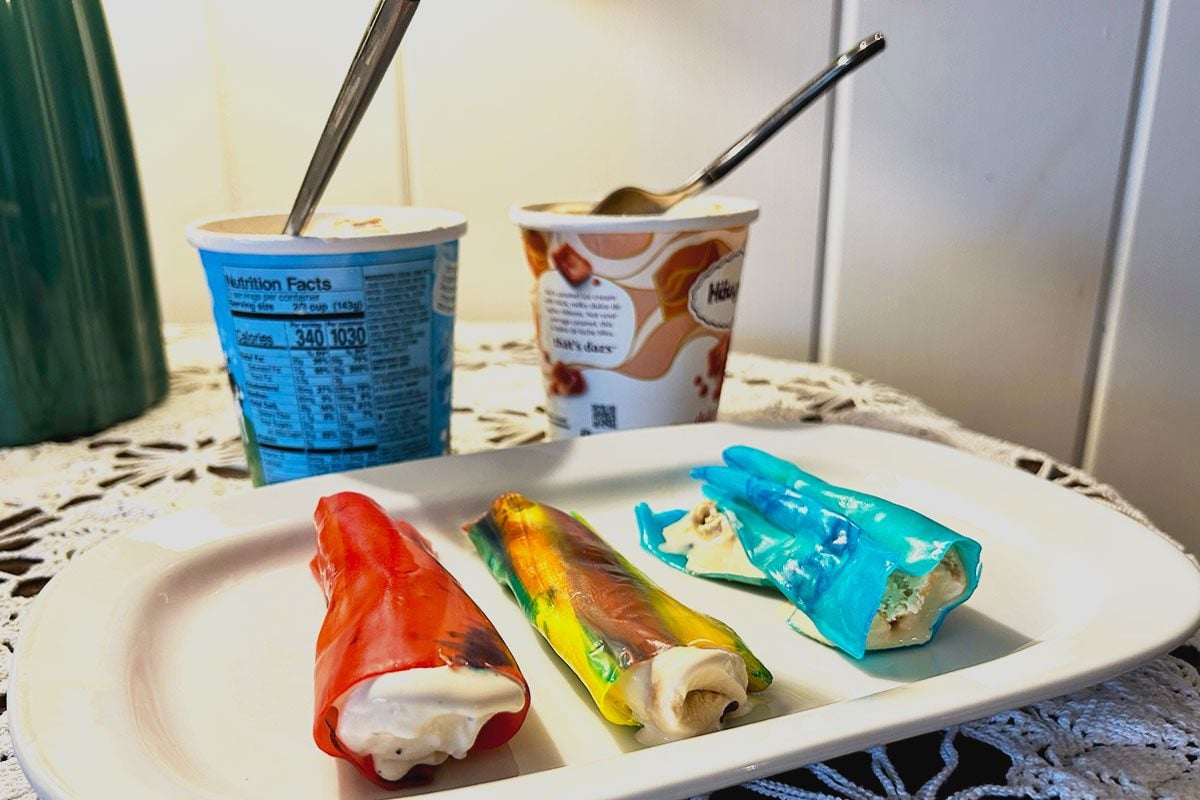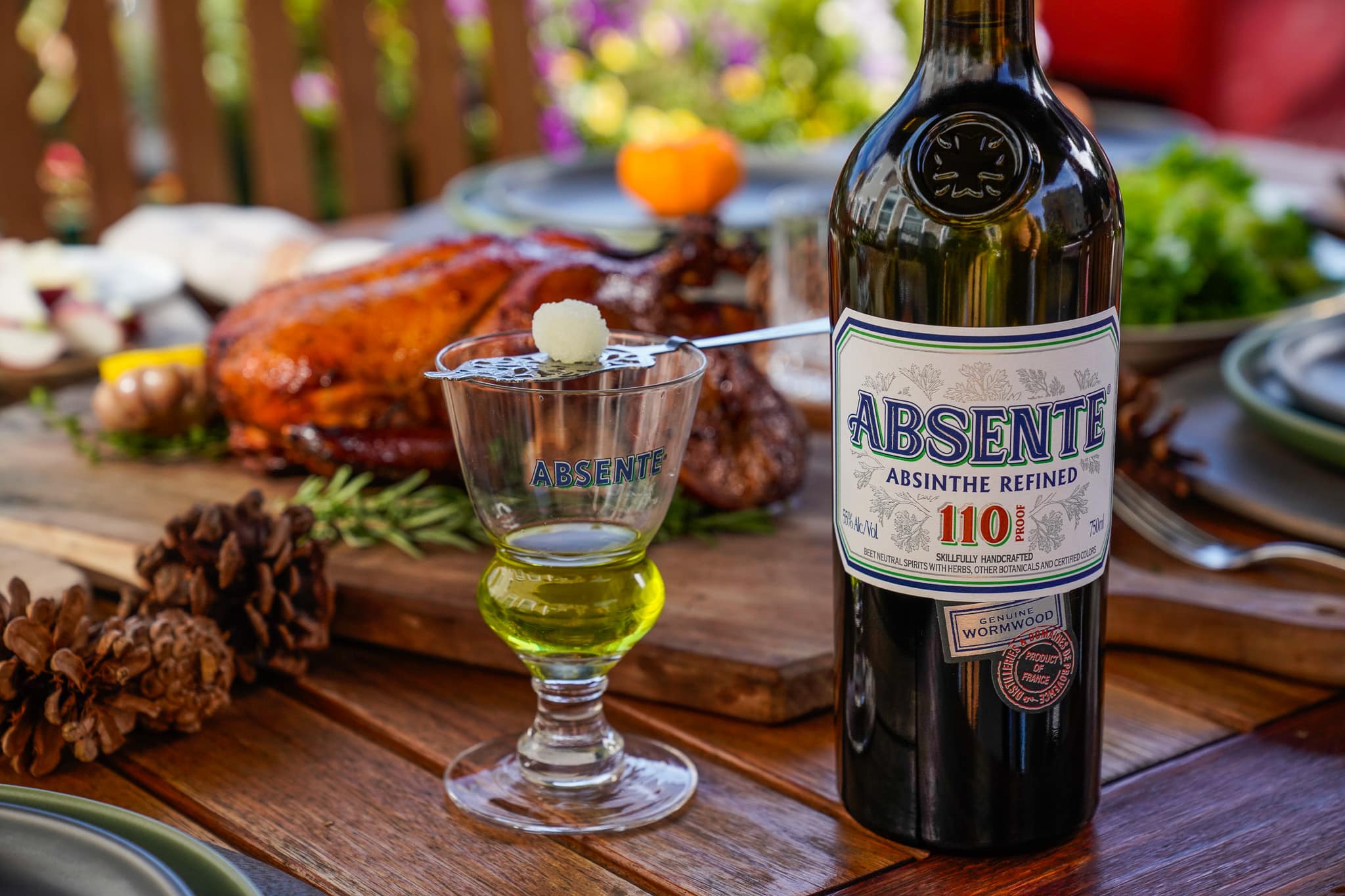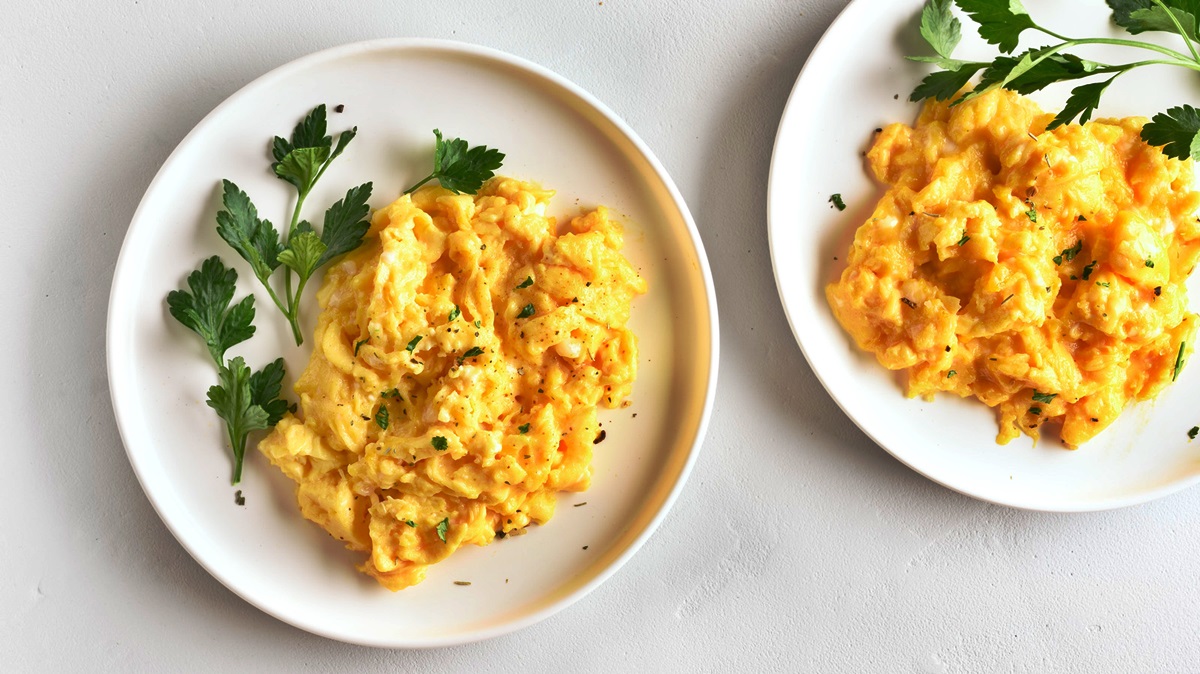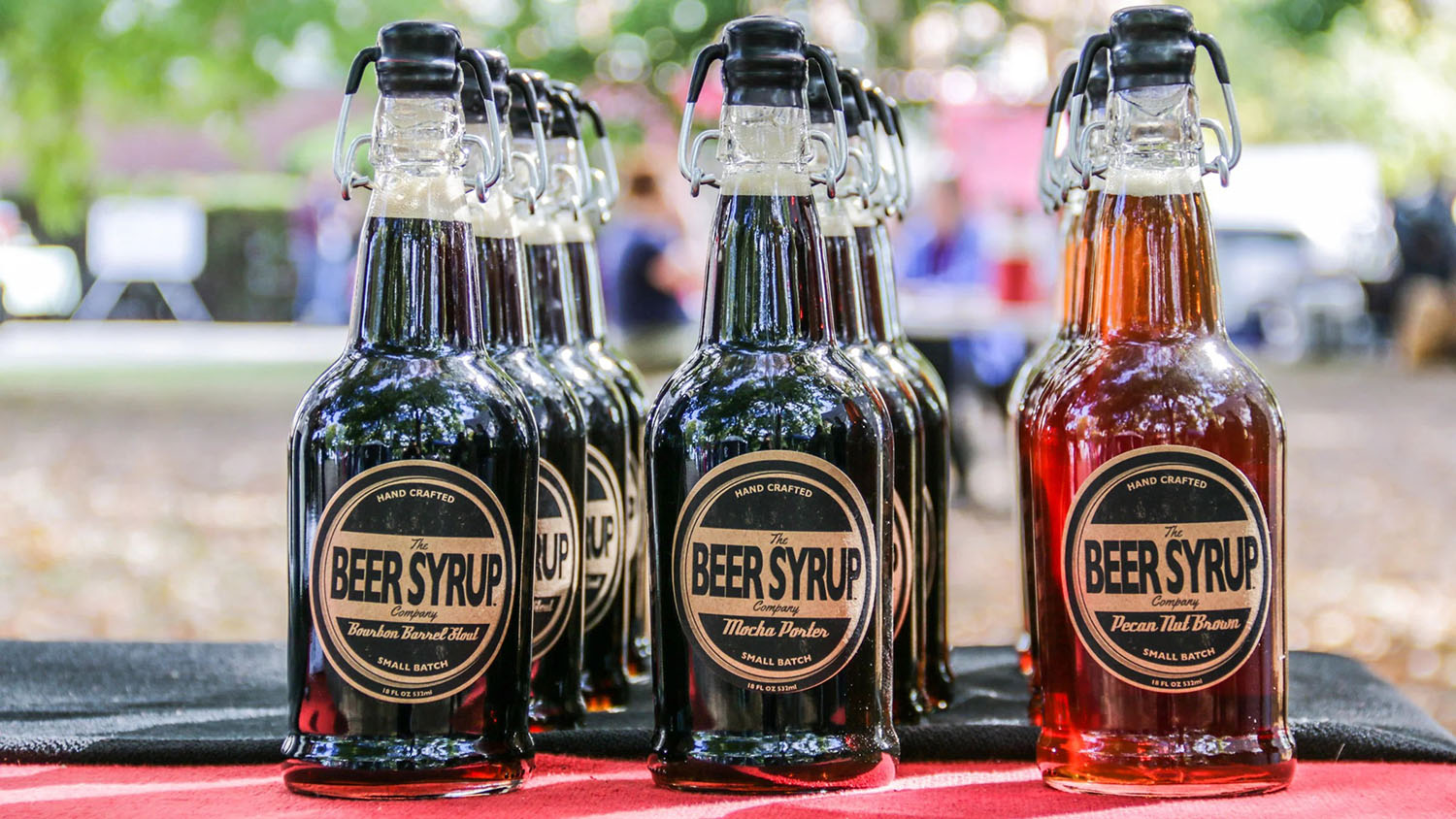Fiddlehead ferns, those curly green shoots, bring a unique touch to any meal. Often found in spring, they offer a taste similar to asparagus with a hint of nuttiness. Cooking with fiddleheads can seem tricky, but they’re versatile and delicious. From sautéing with garlic to adding them in pasta or stir-fries, these ferns can elevate your dishes. Whether you’re a seasoned chef or a home cook, fiddleheads provide a fresh, earthy flavor that’s hard to beat. Ready to explore some innovative ways to cook with these delightful greens? Let’s dive into some creative recipes and tips.
Gather Your Ingredients for Fiddlehead Fern Recipes
Ingredients
- 1 pound fiddlehead ferns, cleaned and trimmed
- 2 tablespoons olive oil
- 3 cloves garlic, minced
- 1 lemon, zested and juiced
- Salt, to taste
- Black pepper, to taste
- 1/4 cup grated Parmesan cheese
- 1/4 cup toasted pine nuts
- 1/4 teaspoon red pepper flakes (optional)
- 1 tablespoon fresh parsley, chopped
Essential Tools for Cooking with Fiddlehead Ferns
Tools Needed to Cook with Fiddlehead Ferns
- Chef's knife: For trimming and slicing.
- Cutting board: To provide a stable surface for chopping.
- Colander: To rinse and drain the ferns.
- Large bowl: For soaking the ferns in water.
- Saucepan: To blanch the ferns.
- Slotted spoon: For removing ferns from boiling water.
- Ice bath: To cool the ferns quickly after blanching.
- Skillet: For sautéing or frying.
- Tongs: To handle the ferns while cooking.
- Measuring spoons: For adding precise amounts of seasoning.
- Mixing spoon: To stir ingredients together.
- Serving dish: To present the finished dish.
Fiddlehead ferns, with their unique spiral shape, offer a grassy, slightly nutty flavor. Perfect for sautéing, blanch them first to remove bitterness, enhancing their natural taste and texture.
Why Cook with Fiddlehead Ferns?
Fiddlehead ferns, with their unique spiral shape and grassy, slightly nutty flavor, offer a fresh twist to traditional greens. These edible ferns are not only a visual delight but also pack a nutritional punch, rich in antioxidants, omega-3 fatty acids, and fiber. Cooking with fiddlehead ferns introduces a vibrant, gourmet element to dishes, elevating meals from ordinary to extraordinary. Chefs and home cooks alike treasure them for their versatility and brief seasonal availability, making them a sought-after ingredient for springtime recipes.
Step-by-Step Guide to Cooking with Fiddlehead Ferns
Innovative Ways to Cook with Fiddlehead Ferns
-
Blanching for Brightness
- Bring a large pot of salted water to a boil.
- Add fiddlehead ferns; cook for 2 minutes.
- Plunge them into ice water to stop cooking.
- Drain well; this method locks in their vibrant green color.
-
Sautéing for Flavor
- Heat olive oil in a skillet over medium heat.
- Toss in blanched fiddleheads with garlic and a pinch of salt.
- Cook until they are golden and tender, about 5-7 minutes.
- Finish with a squeeze of lemon juice for a zesty kick.
-
Pickling for Tang
- Combine vinegar, water, sugar, and spices in a pot; bring to a boil.
- Place fiddleheads in jars.
- Pour hot pickling liquid over fiddleheads.
- Seal jars and let them cool before refrigerating.
- Pickled fiddleheads add a tangy crunch to salads and sandwiches.
-
Roasting for Depth
- Preheat oven to 400°F (200°C).
- Toss fiddleheads with olive oil, salt, and pepper.
- Spread on a baking sheet in a single layer.
- Roast for 10-15 minutes until crisp and browned.
- Roasting brings out a nutty flavor in fiddleheads.
-
Grilling for Smokiness
- Preheat grill to medium-high.
- Skewer blanched fiddleheads or place them in a grill basket.
- Grill for 3-4 minutes on each side.
- Brush with a mixture of balsamic vinegar and honey halfway through.
- Grilled fiddleheads acquire a smoky flavor, perfect for outdoor meals.
-
Incorporating into Soups
- Sauté onions and garlic in a pot.
- Add broth, diced potatoes, and blanched fiddleheads.
- Simmer until vegetables are tender.
- Puree soup for a creamy texture or leave as is for a chunkier soup.
- Fiddleheads add a unique taste and texture to soups.
-
Creating Fiddlehead Fern Pesto
- Blend blanched fiddleheads with pine nuts, garlic, Parmesan cheese, and olive oil.
- Season with salt and pepper to taste.
- Use this vibrant green pesto on pasta, bread, or as a veggie dip.
- This pesto showcases fiddleheads in a fresh, herbaceous spread.
Bringing Fiddlehead Ferns to Your Table
Cooking with fiddlehead ferns can be a game-changer in your kitchen. Their unique flavor and texture make them a versatile ingredient for various dishes. Whether you’re sautéing them with garlic, adding them to a stir-fry, or incorporating them into a creamy pasta, fiddlehead ferns bring a fresh, earthy taste that’s hard to beat.
Remember to clean and cook them properly to avoid any bitterness. Experiment with different recipes and find what suits your palate best. These little green spirals are not just a treat for the eyes but also a nutritional powerhouse packed with vitamins and antioxidants.
So next time you spot fiddlehead ferns at the market, grab a bunch and get creative in the kitchen. Your taste buds will thank you!
Common Questions About Cooking with Fiddlehead Ferns
What are fiddlehead ferns?
Fiddlehead ferns are young ferns just starting to uncurl. They're named for their resemblance to the scroll on the head of a fiddle. Found in the wild during spring, these greens are not only delicious but packed with nutrients.
Can you eat fiddlehead ferns raw?
No, eating them raw is not recommended. Fiddlehead ferns should always be cooked to avoid potential health risks, including foodborne illness. Boiling or steaming them for at least 10 minutes is a safe bet.
What's the best way to clean fiddlehead ferns?
Start by removing any brown husk and rinse them under cold water. It helps to rub them gently to dislodge dirt. For extra cleanliness, soak them in a bowl of water for a few minutes, then rinse again.
How can I incorporate fiddlehead ferns into my meals?
These greens are versatile! Try sautéing with garlic and butter for a simple side. They also make great additions to pasta, stir-fries, and omelets. For something unique, pickle them or use them as a pizza topping.
What flavor do fiddlehead ferns have?
They boast a grassy, slightly nutty flavor with a hint of artichoke. This unique taste makes them a delightful addition to various dishes, adding a springtime flair.
Are there any health benefits to eating fiddlehead ferns?
Absolutely! Fiddlehead ferns are low in calories but high in vitamins A and C, as well as omega-3 and omega-6 fatty acids. They're a healthy choice that adds nutritional value to your diet.
How long do fiddlehead ferns last after purchase?
If stored properly in the refrigerator, they can last up to two weeks. For best results, wrap them in a damp paper towel and place them in a plastic bag. This method helps maintain their freshness.
